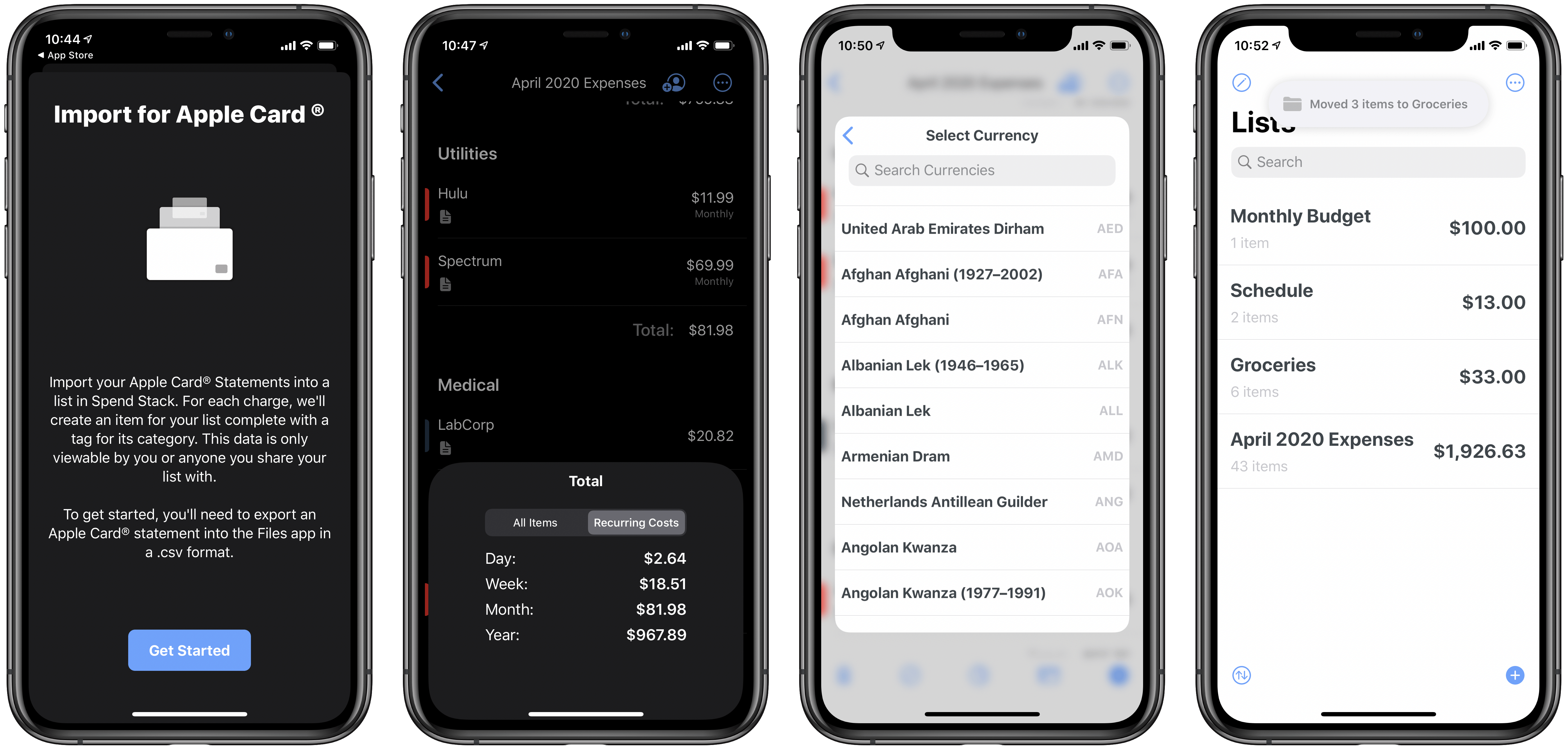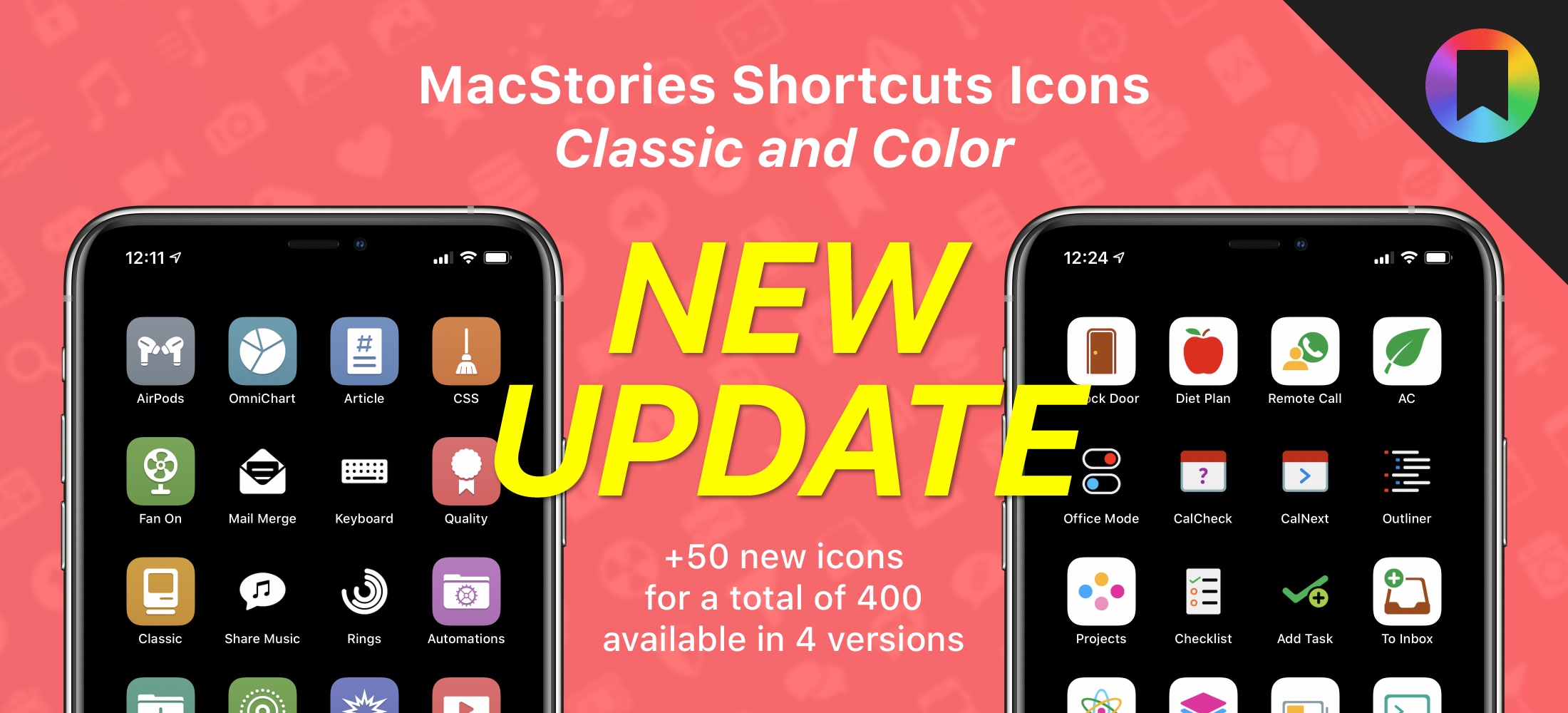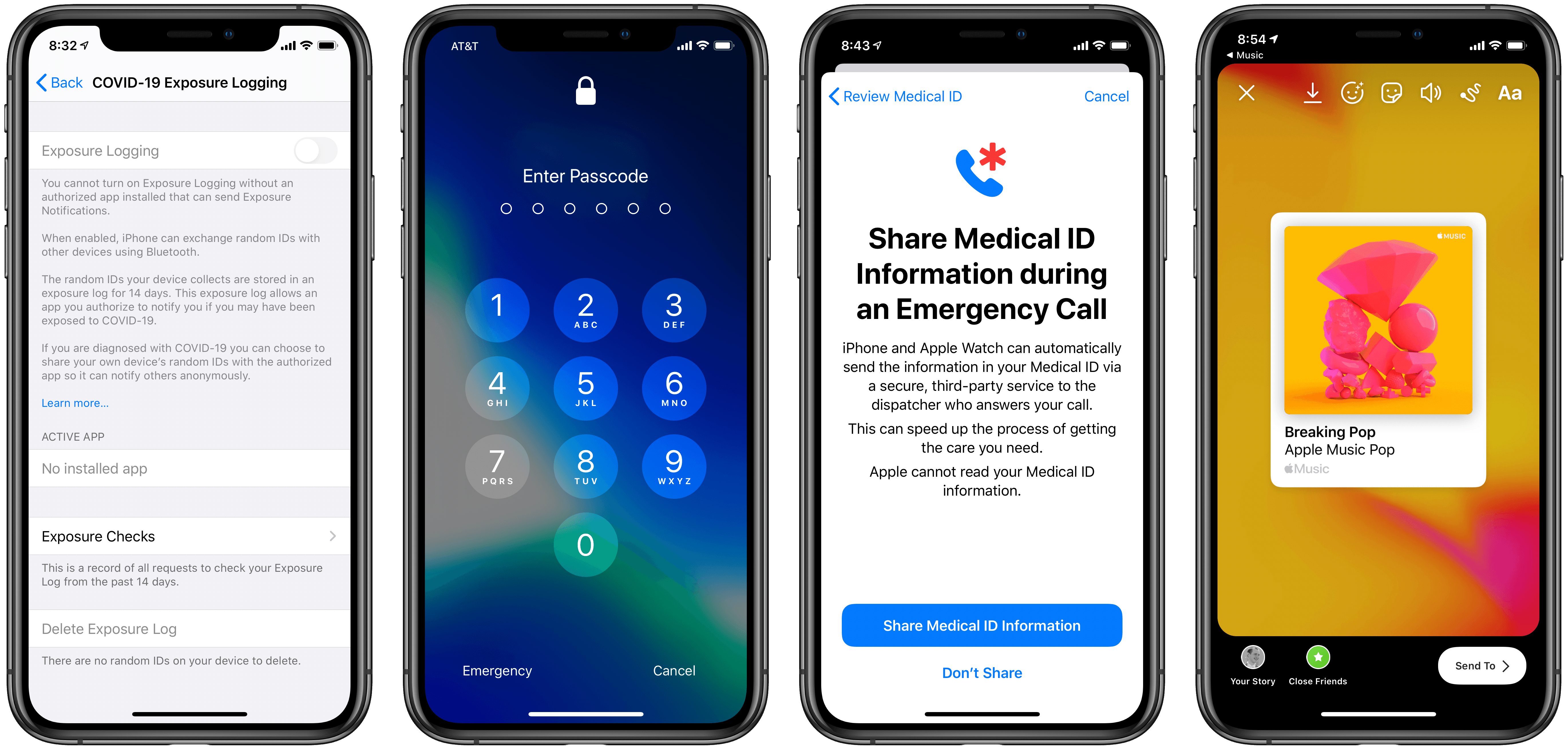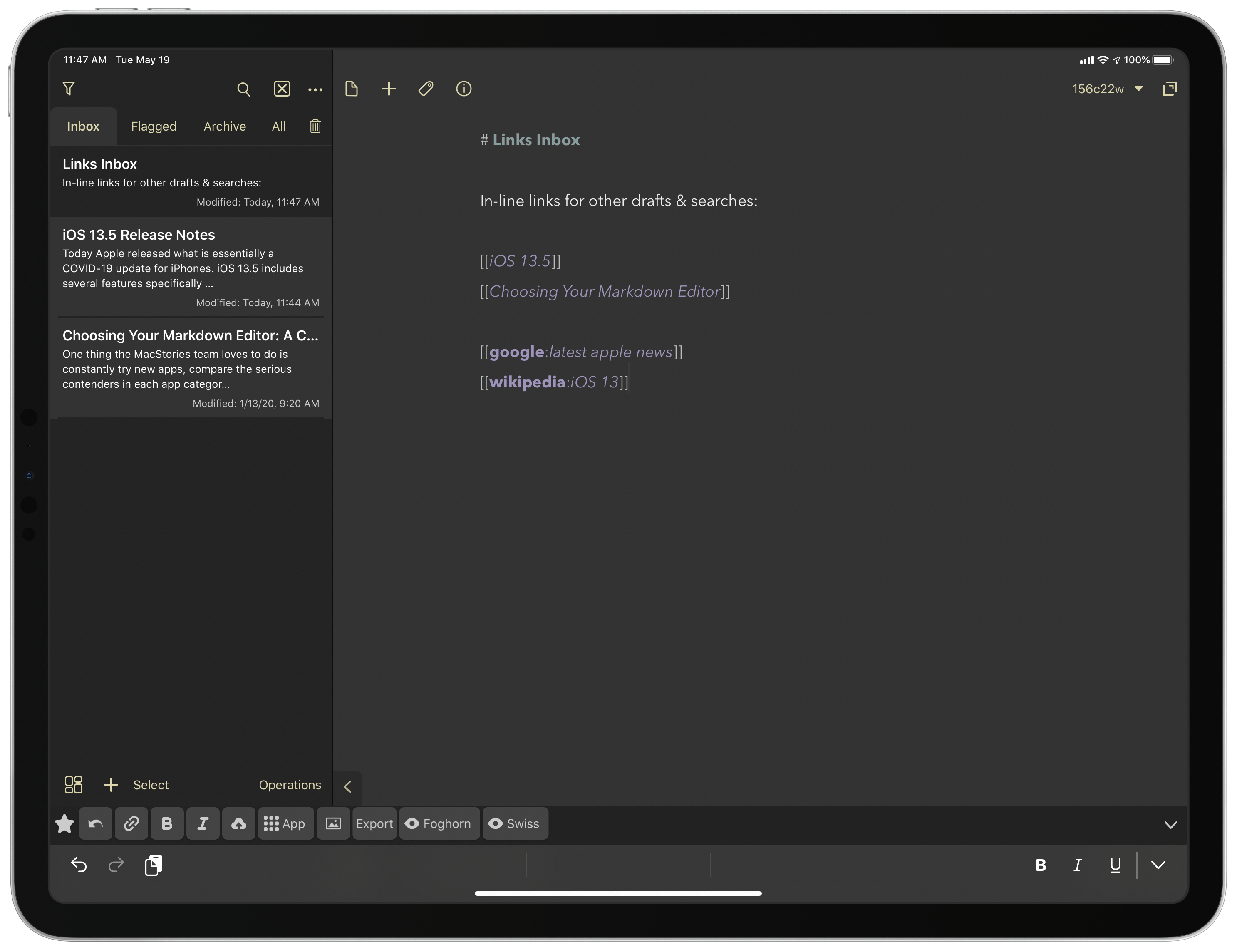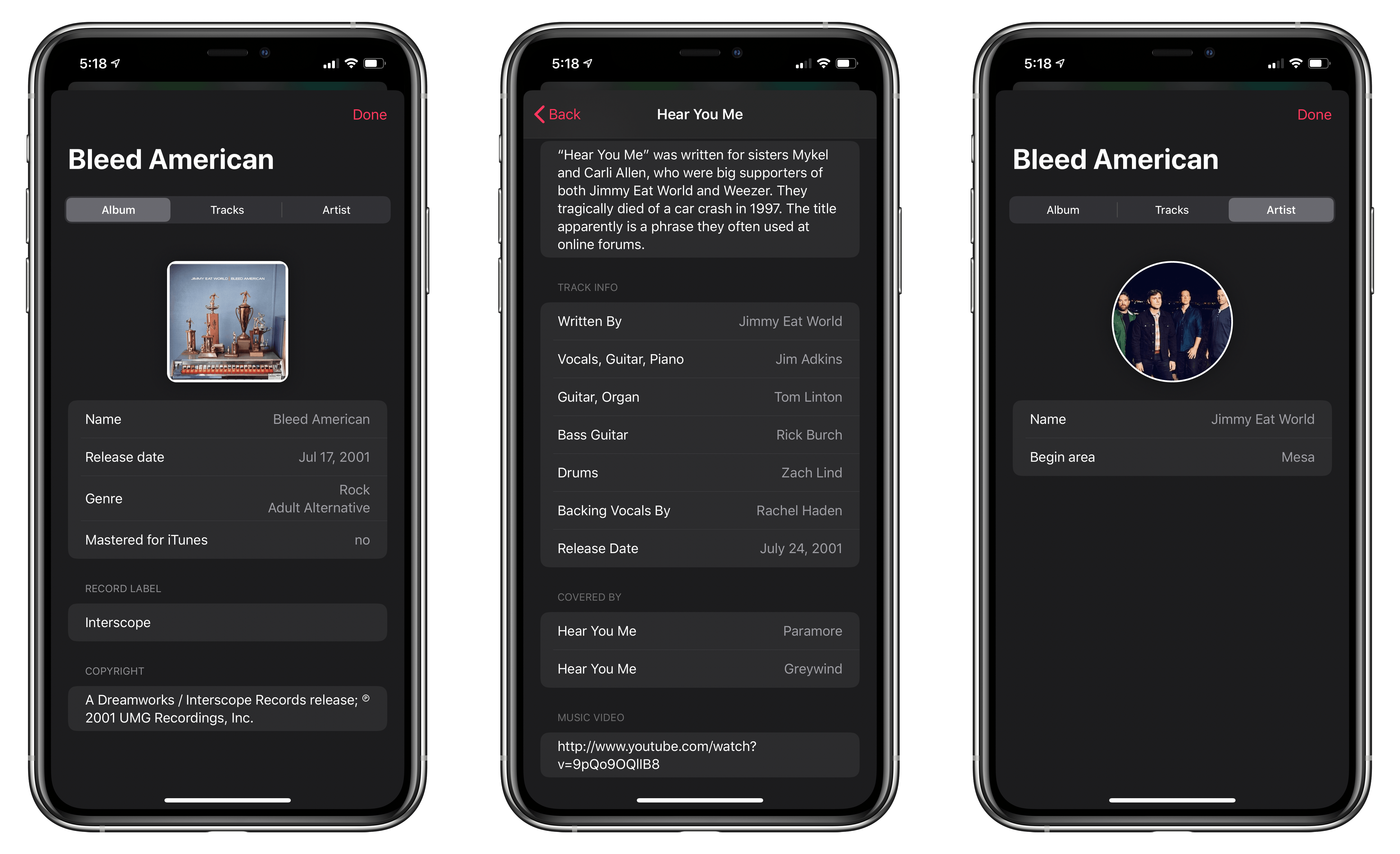Agenda is the award-winning note-taking app for iOS, iPadOS, and the Mac with a focus on dates. Our lives are full of notes and dates, and it only makes sense to bring order to it all by integrating them. Agenda, the winner of an Apple Design Award and the MacStories Selects Award for Best New App of 2018, does precisely that, ensuring that your notes are always at your fingertips when and where you need them most.
By tightly integrating your calendar and notes, Agenda becomes something more than either can offer on their own. For example, by tying notes you’ve been taking in advance of a meeting to the event on your calendar, the notes are right there when you need them. You can use Agenda to track your team’s progress as you work on hitting milestones for a big project too. The app is also fantastic for keeping a daily journal or simply expanding your to-do list with relevant reference material and notes to help keep you on track.
You can create and edit events without ever leaving Agenda too. Rather than competing with your calendar, Agenda complements it, working perfectly together, supporting Apple’s Calendar app and Reminders.
Agenda 10 was just released, adding support for note templates, sharing from other apps, and localization in a bunch of languages. The update includes a templating system so you can save notes with pre-filled information to use over and over, saving you valuable time. There’s also a powerful new share sheet for accessing notes from other apps in Agenda and support for French, Spanish, German, and Chinese.
Agenda is free to download and use forever. Premium features are available with an In-App Purchase that unlocks all current premium features and new ones introduced over the following 12 months.
To learn more, visit Agenda’s website, or just download Agenda now for free on the Mac App Store and on iOS and iPadOS App Store.
Our thanks to Agenda for sponsoring MacStories this week.


